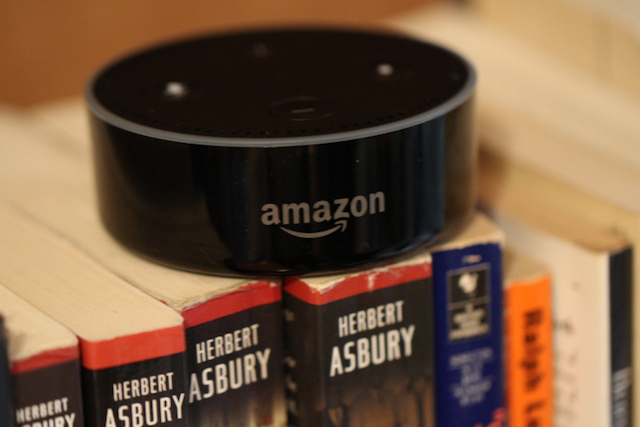The rise of voice assistant speakers has transformed everyday life in profound ways, but how well do we really understand their role in our homes? While the hype around popular devices like Amazon’s Echo and Apple’s HomePod suggests that they are dominating the market, the reality is still evolving. This post provides an insightful look into the voice assistant speaker craze, its market dynamics, the inherent challenges, and what we can expect moving forward.
The Voice Assistant Landscape
Voice assistant speakers, often powered by AI technologies, promise convenience and interaction that traditional devices cannot match. The standout in this field is undoubtedly Amazon’s Echo, which utilizes Alexa voice assistant capabilities for various tasks—from playing music to managing household tasks via third-party applications. However, even with media buzz, Gartner’s insights remind us that these devices remain more of a novelty than a household staple. As of 2016, they were expected to generate approximately $720 million, jumping to $3.52 billion by 2021, illustrating a growing yet still modest market.
Comparative Market Analysis
The market dynamics of voice assistants versus other tech categories reveal interesting insights. While Gartner forecasts a decent revenue trajectory for voice-enabled speakers, the wearables sector is projected to outpace it significantly, with expected revenues of $30.5 billion driven by 310 million devices shipped. This stark difference highlights a key point: while voice assistant speakers are capturing attention, they are trailing in unit sales relative to products like smartphones and wearables.
Consumer Behavior Patterns
The adoption of voice-enabled devices remains hampered by consumer convenience and data privacy concerns. Despite companies like Amazon and Google expanding their product ranges with multiple Echo variants, consumers still hesitate to welcome yet another piece of smart technology that seems intrusive. The perception of AI-driven hardware as a potential data-harvesting tool continues to deter some consumers from embracing these products.
The Role of Apple
Apple’s announced foray into this space with the HomePod could signify a shift in positioning for voice assistant technology. By presenting the HomePod primarily as a high-quality audio device, the company aims to tap into the existing market of Bluetooth wireless speakers—a trend that often overshadows voice assistant functionality. This thoughtful strategy could sway consumers who prioritize sound quality over smart capabilities.
Future Innovations and Trends
As the market matures, it’s expected that various household devices will incorporate integrated voice functionalities, creating a more connected and responsive home environment. Devices with embedded voice assistants—from smart lighting to kitchen appliances—will likely redefine user interaction. Imagine asking your oven to preheat or your fridge to order groceries. This interconnected evolution signifies a paradigm shift towards natural, human-like interactions enabled by advancements in AI technology.
Enhancing the User Experience
Current advancements hint at an increasing focus on enhancing consumer experiences; this includes developing smarter, more intuitive interactions. AI advancements will enable these devices to hold contextual conversations, understand previous queries, and engage with users dynamically. While we are not yet at the level of human-like conversations, there is clear ambition in the realm of voice technology. The path is long, but the potential is huge.
Privacy and Consumer Perception
The intersection of privacy and technology remains a prominent concern. While future advancements in local AI processing may provide users with more control over their data and user experience, it’s clear that overcoming privacy misconceptions will be a continuous battle. Companies need to implement robust privacy measures along with educating consumers about data security to foster trust in voice assistant technology.
Conclusion: The Road Ahead
The voice assistant speaker trend represents an exciting yet complex chapter in the tech ecosystem. From their current novelty status to potential ubiquity across smart homes, the journey is intriguing. While the market shows promising growth, consumer adoption will hinge on issues of convenience, experience, and privacy. Embracing this intertwined evolution of technology will likely yield innovations that make home life easier and more engaging.
At fxis.ai, we believe that such advancements are crucial for the future of AI, as they enable more comprehensive and effective solutions. Our team is continually exploring new methodologies to push the envelope in artificial intelligence, ensuring that our clients benefit from the latest technological innovations.
For more insights, updates, or to collaborate on AI development projects, stay connected with fxis.ai.

